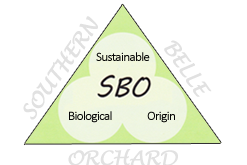feijoas
To most New Zealanders, imagining life without feijoas is almost unthinkable. But in many parts of the world, this fruit is a complete mystery. With its smooth green skin and small, oval shape, they can almost be mistaken for limes. Feijoas are often called pineapple guavas, because they bear some resemblance to guavas in appearance and taste. Both are part of the myrtle family, which explains the distinct fragrance of feijoas, as other members of the family include eucalyptus and clove.
Taste
Describing the taste of
Nutrition Information
One can gain many health benefits from eating
How to Eat
For the
Storage
Feijoas are best when ripened at room temperature. You can speed up the ripening process by placing them in a paper bag for a few days with an apple or banana. Once ripe, they are soft and fragrant, and should be eaten soon. They will keep for up to five days in the refrigerator. To store them for longer periods, the flesh can be frozen. Simply scoop out the soft interior of the fruit and puree, then store in containers for several months in the freezer.










